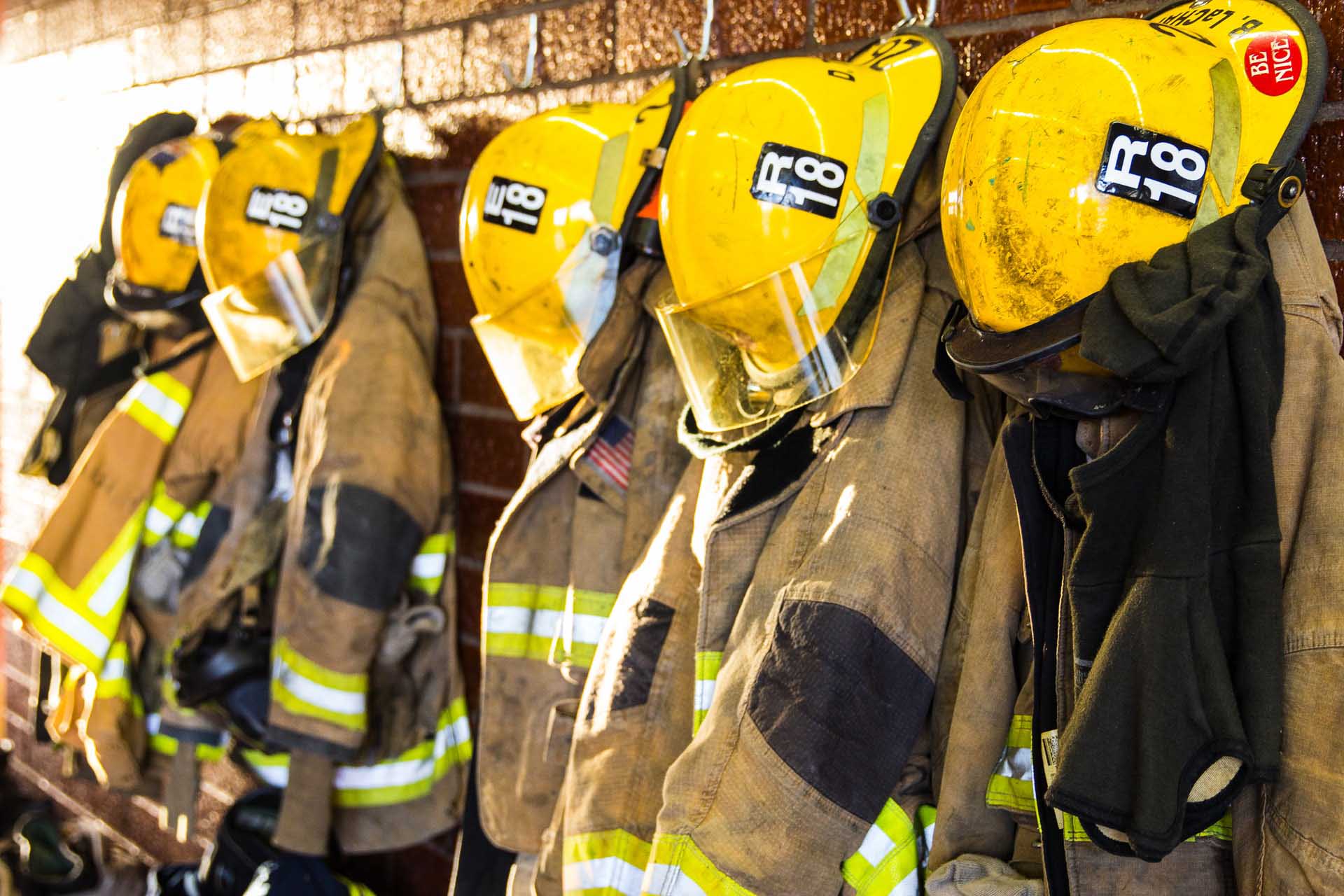-4.png?width=500&height=280&name=Untitled%20design%20(6)-4.png)
In the challenging arena of large-scale emergencies, cross-jurisdictional collaboration among first responders is critical. From wildfires to major urban fires and earthquakes, these emergencies often transcend the boundaries of single jurisdictions, demanding a coordinated effort from multiple agencies. This article examines the intricacies of large-scale collaborations and how modern software solutions can streamline these processes for more effective, efficient and safer emergency services.
The Challenge of Communication
Effective communication is the backbone of any large-scale emergency response. According to a United States Government Accountability Office report, agencies often encounter barriers due to incompatible equipment. This lack of interoperability can severely hinder the flow of critical information. Integrating modern software solutions that standardize data exchanges among diverse platforms can significantly mitigate these issues. Cloud-based solutions become even more critical in disaster scenarios where traditional communication infrastructure may be compromised. They offer secure, resilient alternatives for uninterrupted coordination.
Coordinating Personnel Across Jurisdictions
The prompt and appropriate allocation of fire and rescue personnel is crucial in an emergency. Systems with geofencing capabilities allow agencies to quickly determine the best placement of responders as well as prompt them when approaching hazardous locations. Tools providing real-time views of on-duty personnel, locations, and skill sets enable efficient resource allocation and can save lives. Addressing fatigue and ensuring the well-being of responders are equally important. Modern software scheduling solutions can help control fatigue risks and push notifications can facilitate availability and readiness among personnel.
Efficient Resource Allocation
A coordinated response to large-scale emergencies necessitates efficient asset management. Shared inventory databases and real-time asset tracking systems allow agencies to deploy compliant resources quickly and efficiently. These cloud-based systems can adapt to the dynamic needs of public safety, ensuring that equipment and resources are promptly available where they are most needed.
Overcoming the Hurdles of Standardization
Differences in training protocols, standards, and resources across jurisdictions can also pose challenges to seamless collaboration across agencies. Standardizing training programs and familiarizing responders with common protocols is vital. This ensures that all personnel can work cohesively, regardless of their originating department. Training management systems provide a centralized platform to ensure skill set compliance and maintain standardization for properly coordinated responses during emergencies.
Embracing Modern Software Solutions
Ongoing preparation, including planning, organizing, training, and evaluating, can help agencies ready themselves for future large-scale emergency response needs. Modern software enhanced with AI supports these tasks through real-time insights, personnel and equipment tracking, and advanced data analytics. These technologies are essential in ensuring that agencies are well-prepared for future emergencies.
Modern software facilitates and enhances cross-jurisdictional collaboration by providing agencies with several benefits, including
- Streamlined Communication: Cloud-based and AI-powered platforms ensure crucial information is shared securely, quickly, and reliably across agencies.
- Efficient Firefighter Management: Real-time tracking and smart scheduling systems help optimize resource allocation while safeguarding health and safety.
- Dynamic Resource Allocation: AI-enabled inventory systems enable agencies to deploy assets quickly and in compliance with regulations.
- Standardized Protocols: Software solutions facilitate uniform training and familiarization with standard emergency response protocols across different jurisdictions.
As new technologies emerge, it is increasingly clear that technology is a crucial ally in enhancing the capabilities of fire and rescue services in large-scale emergencies. By adopting these advanced technologies, fire and rescue services can respond more effectively to immediate challenges and lay a solid foundation for future preparedness.
For more insights into public safety workforce management, subscribe to our blog.

